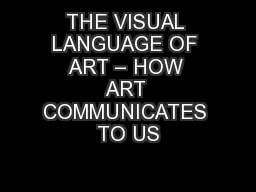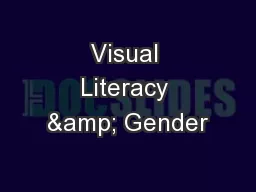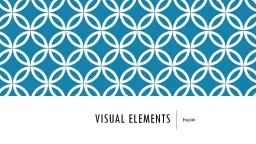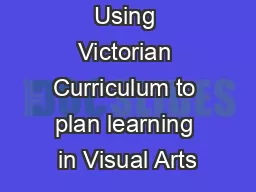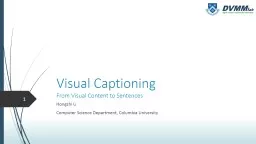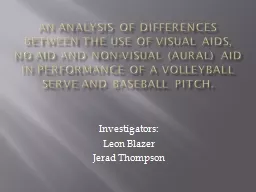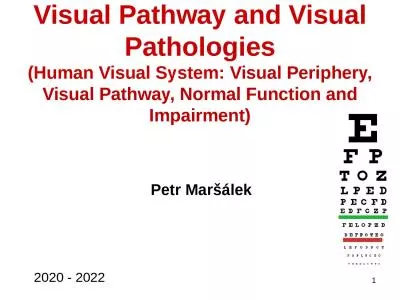PPT-THE VISUAL LANGUAGE OF ART – HOW ART COMMUNICATES TO US
Author : jane-oiler | Published Date : 2015-10-24
Art and its Appearance The Three Languages of Art Henry Ossawa Tanner The Banjo Lesson 1893 Abstract Art aims to simply the form of an object or idea Jaune
Presentation Embed Code
Download Presentation
Download Presentation The PPT/PDF document "THE VISUAL LANGUAGE OF ART – HOW ART C..." is the property of its rightful owner. Permission is granted to download and print the materials on this website for personal, non-commercial use only, and to display it on your personal computer provided you do not modify the materials and that you retain all copyright notices contained in the materials. By downloading content from our website, you accept the terms of this agreement.
THE VISUAL LANGUAGE OF ART – HOW ART COMMUNICATES TO US: Transcript
Download Rules Of Document
"THE VISUAL LANGUAGE OF ART – HOW ART COMMUNICATES TO US"The content belongs to its owner. You may download and print it for personal use, without modification, and keep all copyright notices. By downloading, you agree to these terms.
Related Documents

